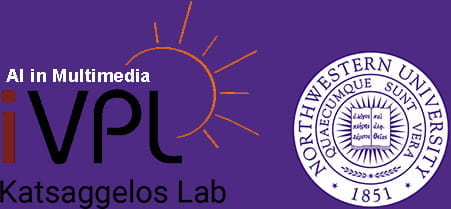
The way cells, organisms, and human bodies perform is dictated by much more than genetics. While each cell in a body has the exact same set of genes, the cells themselves can be very different. What we do and how our organs function is dependent not just on our cells but how the genes within them are expressed.
— Imaging Breakthrough Leads to Further Understanding of Genome Structure and Function
- Object:
ChromSTEM is a method that uses high-angle annular dark-field imaging and tomography in scanning transmission electron microscopy combined with DNA-specific staining to visualize DNA structure down to sub-4 nm resolution with image intensity linearly related to DNA density.
As shown in the fig 1A, the acquired images are highly noisy due to the low illumination conditions during tomography acquisition (we speculate that this noise is composed of Poisson noise and Gaussian noise). And the inclusion of gold fiducial markers (saturation values) during the tomography alignment process has directly resulted in low image contrast. Additionally, due to the physical limitations of ChromSTEM tomography acquisition, we can only obtain limited projections within the range of 30°-150°. When we use traditional computed tomography reconstruction methods, such as filter back propagation (FBP), to reconstruct the images, noticeable “X” shape distortion occurs.

To address the aforementioned issues, starting from Fig 1B, in this project, we will design a model-based method (to replace FBP) that combines simulated Chromatin 3D data to provide more accurate restoration of 3D tomography.
